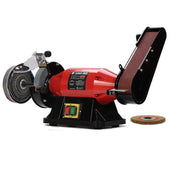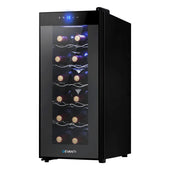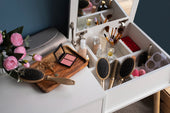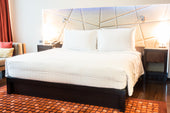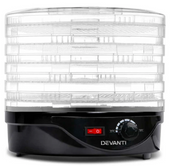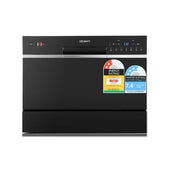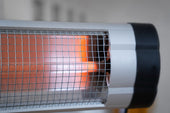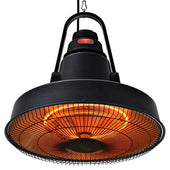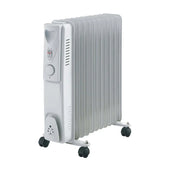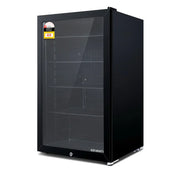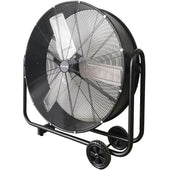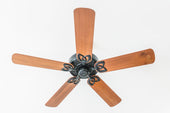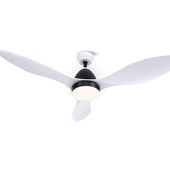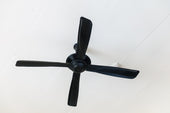Understanding the Importance of Side Table Height
The height of a side table is a crucial factor in maintaining both the functionality and aesthetics of a living space. A side table that is too low or too high can disrupt the harmony of a room and hinder its usability. Ideally, the table should align with the height of adjacent furniture, such as sofas or chairs, to ensure convenience and visual balance during days.
Key Considerations:
- Ease of Use: A table at the wrong height can make it inconvenient to reach items like beverages, books, or a lamp.
- Visual Proportion: A mismatched table height can create awkward contrasts and throw off the design scheme.
- Comfort and Accessibility: Correct height ensures an ergonomic experience.
Aligning height with surroundings elevates both design and practicality.
Standard Height Guidelines for Side Tables
Side tables generally align with the height of the seating they are paired with, ensuring a harmonious visual balance. Most side tables range between 45 to 65 centimetres in height, depending on the intended usage and furniture around them. To maximise functionality, the tabletop should sit level with or slightly below the armrest of the adjacent seating.
Key Considerations:
- For sofas with low arms: Opt for side tables no taller than the armrest.
- For accent chairs: Select tables with heights between mid-seat and armrest levels.
- Tall furniture arrangements: Use higher side tables for more practical usability.
When in doubt, measure armrest heights and seating dimensions precisely to avoid overwhelming or mismatched proportions.
Factors to Consider When Choosing the Perfect Height
- Height of Adjacent Furniture The height of the side table should complement the height of surrounding furniture, particularly sofas or chairs. Ideally, the table surface should match or sit slightly below the arm of the sofa for ease of use.
- Functionality and Usage Consider how the side table will be used. For placing drinks or remote controls, a comfortable reach is key, while decorative purposes might allow for more flexibility in height.
- Room Dimensions Larger rooms with tall ceilings benefit from taller tables to maintain visual proportion, while smaller spaces might require shorter options for harmony.
- Design and Style Pay attention to the design aesthetic of the room. Sleek, modern spaces may call for streamlined, low tables, while traditional settings can accommodate taller, more ornate designs.
- Ergonomic Comfort Ensure that the height supports natural movement and accessibility, avoiding strain from reaching too high or bending too low regularly.
How to Match Side Tables with Different Seating Arrangements
Selecting side tables that complement various seating arrangements requires consideration of proportion, style, and functionality.
- For individual chairs: Choose a side table that aligns closely with the chair’s seat height, ideally within 5 cm, to ensure easy access. A round or square table works best for single-seater lounges.
- For sofas: Opt for tables whose heights are level with or just below the sofa arms. Rectangular tables are practical for multi-seaters as they provide ample surface area.
- For sectional or L-shaped sofas: Use a pair of matching side tables to balance the layout visually or a C-shaped table for sections with tighter spaces.
- For low-profile seating: Ensure the table does not dominate visually; minimalist styles or nesting side tables offer flexibility in such setups.
Tips for Choosing Side Tables for Various Room Layouts
- Evaluate Traffic Flow: Consider the room's layout and ensure side tables do not obstruct pathways. Compact tables work well in narrow spaces.
- Balance Proportions: For small rooms, choose petite side tables to avoid crowding. In larger rooms, opt for broader designs to fill the space proportionately.
- Match the Style: Select a table design that complements the room’s aesthetic, whether modern, rustic, or traditional.
- Purpose Matters: For small layouts, tables with storage can maximise functionality. Open-frame tables add airiness to tighter areas.
- Create Symmetry: In symmetrical layouts, place matching side tables on either side of a sofa or bed to create balance.
Selecting based on layout ensures both practicality and visual harmony.
Design Considerations: Balancing Aesthetics and Functionality
When choosing a side table, aesthetic appeal and practical use must harmonise. Tables should complement the room's colour palette, materials, and overarching design theme. For example, a sleek, glass-topped table may enhance a modern or minimalist setting, while a carved wooden piece suits a rustic or traditional atmosphere.
Functionality hinges on size, height, and surface area. A side table should ideally align with the arm of a sofa or chair for convenience. Features like storage shelves or drawers offer added practicality for compact spaces.
Ultimately, selecting a design that integrates seamlessly into the space while serving its purpose should be a priority.
Customising Side Table Height for Unique Living Spaces
Tailoring side table height to suit specific living spaces requires careful consideration of both functionality and aesthetics. Unconventional room layouts or furniture arrangements may demand unique solutions. For instance, loft spaces or rooms with low seating like futons benefit from shorter side tables, often ranging between 15 and 20 inches. Conversely, taller armchairs or reading nooks may necessitate side tables exceeding 30 inches in height for easy reach.
Factors to Consider:
- Furniture Height: Measure seating and surrounding surfaces to ensure proportionality.
- Intended Use: A side table for a lamp may require a taller option than one for casual storage.
- Room Layout: Corners or confined areas might call for compact, adjustable-height designs.
Exploring bespoke or adjustable options ensures seamless integration into distinct spaces.
Common Mistakes to Avoid When Selecting Side Table Height
Choosing the wrong side table height can disrupt both the aesthetics and functionality of a room. Here are common mistakes to avoid:
- Mismatched Height with Seating: Selecting a table taller or significantly shorter than the seat's armrest makes it awkward to use and visually unbalanced.
- Overlooking the Table’s Purpose: Ignoring the primary use—holding lamps, drinks, or décor—can lead to impractical choices.
- Neglecting Room Scale: A table disproportionate to the furniture and space can dominate or disappear within the room's design.
- Forgetting Adjustable Lamps: If paired with a lamp, forgetting its adjustability may result in improper lighting levels.
- Relying Solely on Aesthetics: Prioritising style over practicality often leads to buyer’s remorse.
By being mindful of these pitfalls, one can ensure a side table both complements and serves the space effectively.
Innovative Ways to Use Adjustable Side Tables
Adjustable side tables offer versatile functionality and can be used creatively to enhance any living space. Consider the following ideas:
- As a Portable Workstation: These tables are ideal for creating a mobile workspace. Adjust the height to suit your seating arrangement while working on a laptop or writing.
- For Multi-Level Décor Displays: Showcase decorative items like plants, books, or candles at varying heights to add visual intrigue.
- As a Bedside Table Substitute: Adjust the height for easy access to essentials such as a lamp, phone, or glasses while in bed.
- For Dining Convenience: Use it as a compact, moveable surface for snacks or drinks when hosting guests in different seating areas.
- For Children’s Activities: Create a tailored play or craft table by lowering it to child-friendly levels.
Adjustable tables transform daily living by adapting to various needs effortlessly.
Final Thoughts: Creating Harmony in Your Living Space
Selecting the ideal side table height is about balancing functionality and aesthetic appeal. Ensuring the table aligns with seating height makes interactions seamless while preserving visual symmetry. Pay attention to the dimensions of existing furniture; the table should complement rather than overpower.
Side tables also offer an opportunity to enhance the ambience through design, materials, or decorative accents. Think about how the addition of lighting, books, or ornaments can bring a cohesive look to the room.
By thoughtfully coordinating proportions, spatial arrangements, and style, one can craft a living space that feels both welcoming and well-curated.


